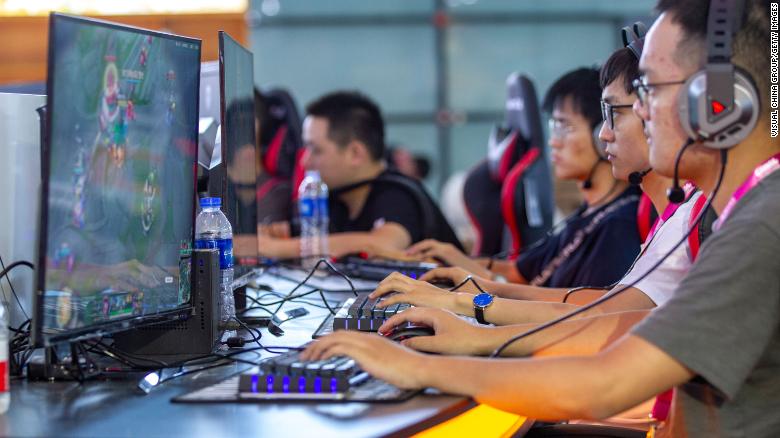
Kids and teens under 18 years old in China will only be allowed up to three hours per week to play online video games, according to new rules published Monday by China’s National Press and Publication Administration. According to a translated notice about the new rules, people under 18 will be allowed to play video games one hour a day between 8 p.m. and 9 p.m. weekends and legal holidays. The agency billed the rules as a way to safeguard children’s physical and mental health.
The rules will apply to companies providing online game services to minors, limiting their ability to serve those users outside of designated hours. The companies also will not be allowed to provide services to users who haven’t logged in with real-name registration, preventing them from simply remaining ignorant to their users’ backgrounds. The latest rules from the NPPA significantly reduce the amount of time minors can play online games. Under 2019 rules, people under 18 were allowed to play games for 1½ hours a day on most days.
https://www.entrepreneur.com/article/368943




:no_upscale()/cdn.vox-cdn.com/uploads/chorus_image/image/69753830/acastro_180720_1777_facebook_0001.0.jpg)






